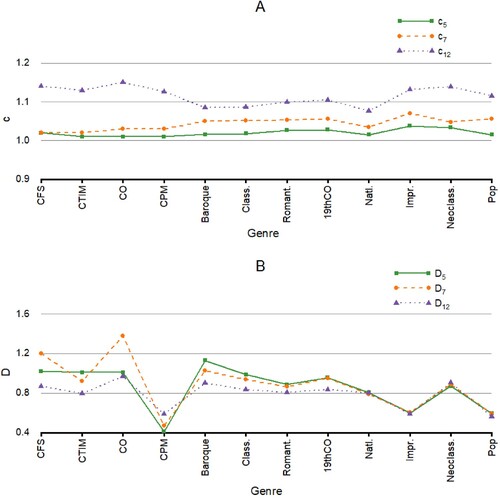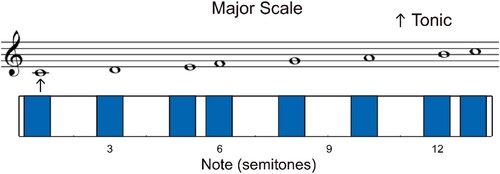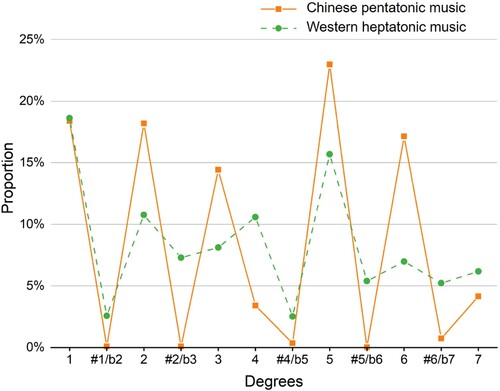Figures & data
Figure 2. The three scale formations of the Western minor modes, based on 12-TET. The descending melodic minor scale is consistent with the natural scale.

Figure 3. The scale-degree formation of five Chinese pentatonic modes in a Tonggong system with the first degree as the tonal head (tonic) and Gong as the tone master.
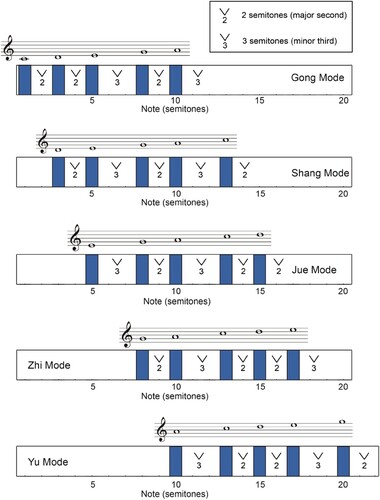
Figure 4. The scale formation of three Chinese heptatonic scales, based on 12-TET. Each of the three heptatonic scales has five modes with the tonal heads (tonics) of Gong, Shang, Jue, Zhi, and Yu.
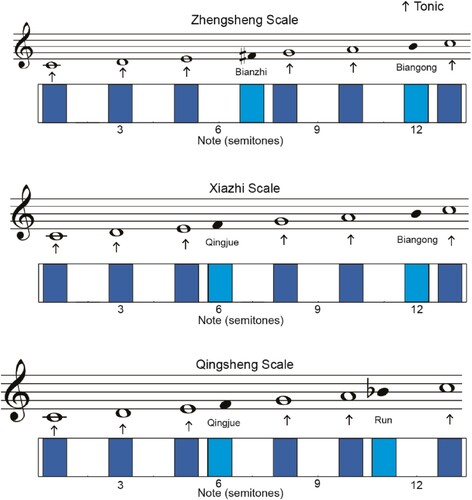
Figure 5. The Chinese Xiazhi scale, the Western C major scale and the Western A natural minor scale, based on 12-TET.
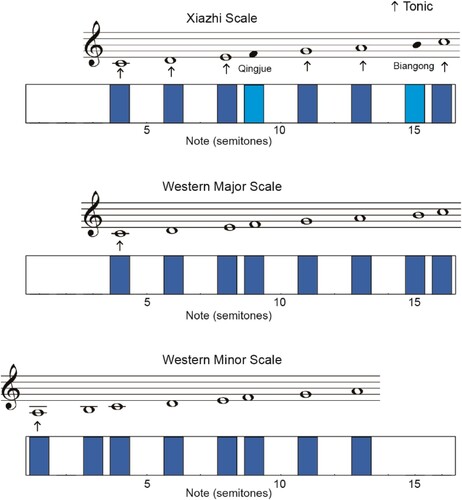
Figure 6. The mode distribution of the four Chinese musical genres: Chinese Folk Song (CFS), Chinese Traditional Instrumental Music (CTIM), Chinese Opera (CO) and Chinese Popular Music (CPM).
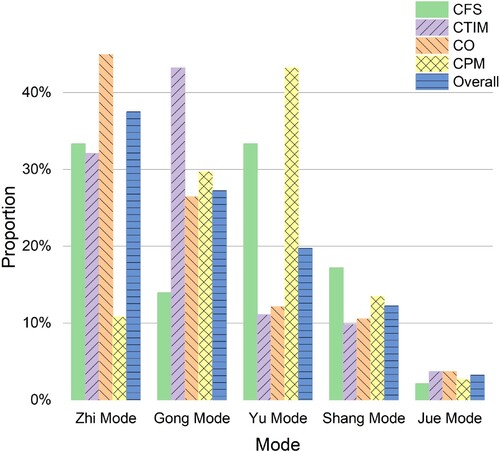
Figure 7. The mode and key distribution of Western major/minor music.
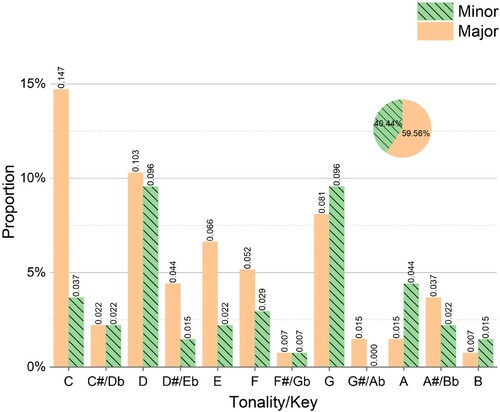
Figure 9. The three heptatonic scale distributions of Chinese Folk Song (CFS), Chinese Traditional Instrumental Music (CTIM), Chinese Opera (CO) and Chinese Popular Music (CPM).

Table 1. The 3-section temperament recorded in Diyunpian of Guanzi.
Table 2. The 3-section temperament recorded in Yinlüpian, Lüshichunqiu of Shiji.
Figure 10. Two columns of melody variation CCDFs measured by the three interval-dividing metrics, with Chinese pentatonic music in the left column and Western music in the right column. Case A, B, and C are the CCDFs of the melody variations of a folk song, Midu Shan’ge, from Yunnan, China measured by three interval-dividing metrics; Case D, E, and F are the results of Beethoven, Turkish March in Major, Op. 113, No. 4 measured by the same metrics.
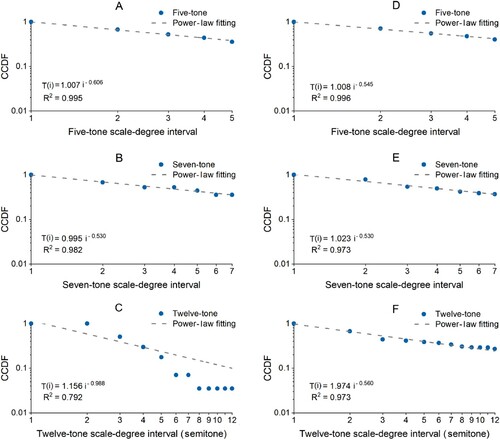
Figure 11. The adjusted- of the CCDFs of Chinese pentatonic music and Western heptatonic music measured by the three interval-dividing metrics. Chinese pentatonic music includes four genres: Chinese Folk Song (CFS), Chinese Traditional Instrumental Music (CTIM), Chinese Opera (CO) and Chinese Popular Music (CPM). Western heptatonic music includes the eight genres/periods: Baroque, Classicism (Class.), Romanticism (Romant.), nineteenth Century Opera (19thCO), Nationalism (Natl.), Impressionism (Impr.), Neoclassicism (Neoclass.), and Popular Music (Pop).
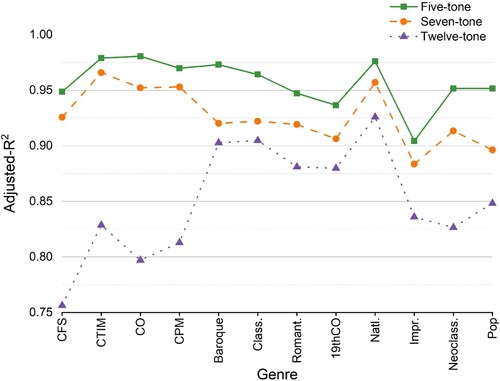
Figure 12. The parameters and
of the three interval-dividing metrics for the four Chinese musical genres (CFS, CTIM, CO, and CPM) and the eight Western musical genres/periods (Baroque to Pop).
